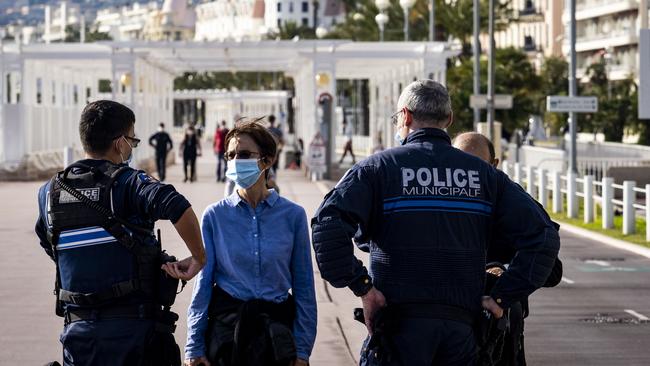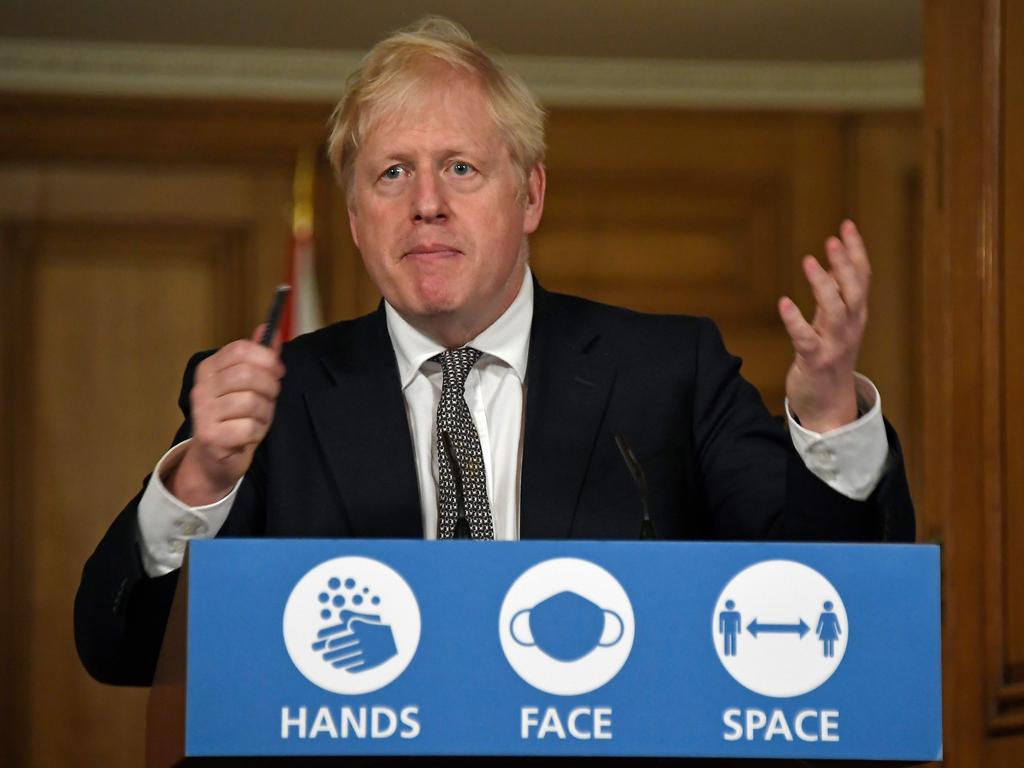Europe aims to emerge smarter from latest lockdowns
Countries should fix systems for tracing and quarantining those who have been in contact with virus carriers, authorities say.

One by one, governments across Europe are reintroducing strict new measures to tame a resurgent pandemic after concluding that light-touch strategies aimed at containing Covid-19 have run out of road.
Britain, France, Germany, Ireland, Austria and Belgium are all now back under pandemic-containment regimes similar to those imposed in the spring, with bars and restaurants shut and people’s freedom to socialize with others curtailed. Schools by and large remain open, though, and governments have expressed hope the new restrictions will be lifted within weeks.
Some public-health experts say the reimposition of lockdowns shows the middle-way policies deployed over the summer, such as restrictions targeted at specific places or demographic groups, haven’t worked. New coronavirus cases in the European Union and the U.K. are running in excess of 175,000 a day on average, according to the latest official tallies, while in the U.S. daily cases are around 80,000. Without tougher action, these governments say hospitals in many places will be overwhelmed in weeks.
Hospitalizations and deaths are on the rise in both regions, straining the capacity of health systems to cope. U.K. Prime Minister Boris Johnson, announcing England’s lockdown Saturday, said the latest projections for the human toll of the pandemic in Britain this winter are now far in excess of the worst-case scenario that had so far guided government planning.
“Right at the beginning everybody had a lockdown because we didn’t know what was happening. Now, we shouldn’t need to, and if we do need to, it’s because we’ve failed,” said Martin McKee, professor of European public health at the London School of Hygiene and Tropical Medicine.

Public-health authorities say that countries need to use the time locked down to fix misfiring systems for locating virus carriers, and tracing and quarantining those they have been in contact with to break the chains of transmission. Disease and public-health experts say the pandemic’s resurgence as summer turned to fall shows these test-trace-and-isolate systems aren’t working as well in badly hit countries as they should.
But an imperative beyond any one specific policy or measure, infectious disease experts say, is bringing pandemic-weary citizens back on board with public-health measures that will inevitably disrupt their lives, amid signs that compliance is fraying as governments layer on new restrictions after a relaxed summer.
“What will carry us through this pandemic is human behavior,” said Flemming Konradsen, professor of global health at the University of Copenhagen.
The virus came roaring back this summer in Europe and the U.S. after lockdowns were eased swiftly in the spring and people began mixing and traveling, sometimes with the encouragement of governments eager for an economic revival.
The pattern of rising infections isn’t uniform and neither are policies aimed at beating back the virus. In Arizona, for instance, mitigation measures such as masking; the closure of bars, gyms and movie theaters; reduced dine-in capacity; and limits on numbers at organized events helped bring down cases from a July peak, the Centers for Disease Control and Prevention said in an Oct. 9 report.
Caseloads in Scandinavia and Europe’s Baltic states are a fraction of those in the west of the continent. East Asian countries have slowed cases to a trickle and their economies are humming again.
Public-health experts say the virus’s resurgence in Western countries shows they need to overhaul test-trace-and-isolate systems that aren’t working as well as in parts of Asia, where countries such as South Korea have blended testing, technology and manpower to quickly spot clusters of cases.

To work effectively, contact-tracing systems need people to knock on doors and adequate financial support for people asked to stay home, said Gabriel Scally, a former director of public health in the U.K. who now teaches at the University of Bristol.
Another improvement, said Prof. McKee, would be to start figuring out where people picked up the virus in the hope of working backward to uncover more clusters of cases. Standard contact tracing focuses on stopping onward transmission and only a few countries in Europe, such as Norway and Finland, practice such retrospective tracing as well, he said.
Some governments, including those in Germany and the U.K., are expanding coronavirus testing to get a better picture of the scale of infection. Mr. Johnson set out plans to screen whole towns and cities for the virus to find clusters of infection in the coming months, a strategy used in China. Slovakia on Saturday began a two-step program of testing its entire adult population of five million.
Scientists’ knowledge of how the virus is transmitted has grown since the early days of the pandemic, offering clearer signposts for effective policies that haven’t always been rigorously followed, public-health experts say. Crowded, indoor spaces and close distances are especially dicey, while effective ventilation and widespread masking can help mitigate transmission risks.
“Anything we can do to reduce contact between people is going to make a difference,” said Anne Rimoin, an infectious-disease epidemiologist at the University of California, Los Angeles, Fielding School of Public Health. “Right now, all we have are the blunt public-health measures that we’ve been using all along.”
Some disease experts offer more radical proposals. Researchers working for the U.K. government’s scientific advisory group published a paper setting out a system of regular precautionary lockdowns lasting two weeks. The idea, said Graham Medley, professor of infectious-disease modeling at the London School of Hygiene and Tropical Medicine and one of the paper’s authors, is that brief, predictable lockdowns every few months would keep the epidemic under control while allowing households and businesses to plan better. “Removing that uncertainty makes it more bearable and potentially improves compliance,” he said.
Tackling public fatigue is a growing challenge. Governments are experimenting with fines for breaking the rules on the one hand, and shorter stays in quarantine on the other as methods of boosting compliance.
An important step for governments is setting out what their pandemic strategies are, said Samir Bhatt, a disease modeler at Imperial College London who advises the state of New York on pandemic policy. It isn’t clear if Western governments want to follow a “zero Covid”-style strategy where they push infections close to zero and keep them there, or permit some level of infection in the community and impose restrictions only when hospitals are at risk of collapse.
“The question is not so much what policy needs to be enacted, but what are people willing to embrace?” said Ajay Sethi, an infectious-disease epidemiologist at the University of Wisconsin-Madison. “A policy is only as effective as people will follow it.”
The Wall Street Journal







To join the conversation, please log in. Don't have an account? Register
Join the conversation, you are commenting as Logout